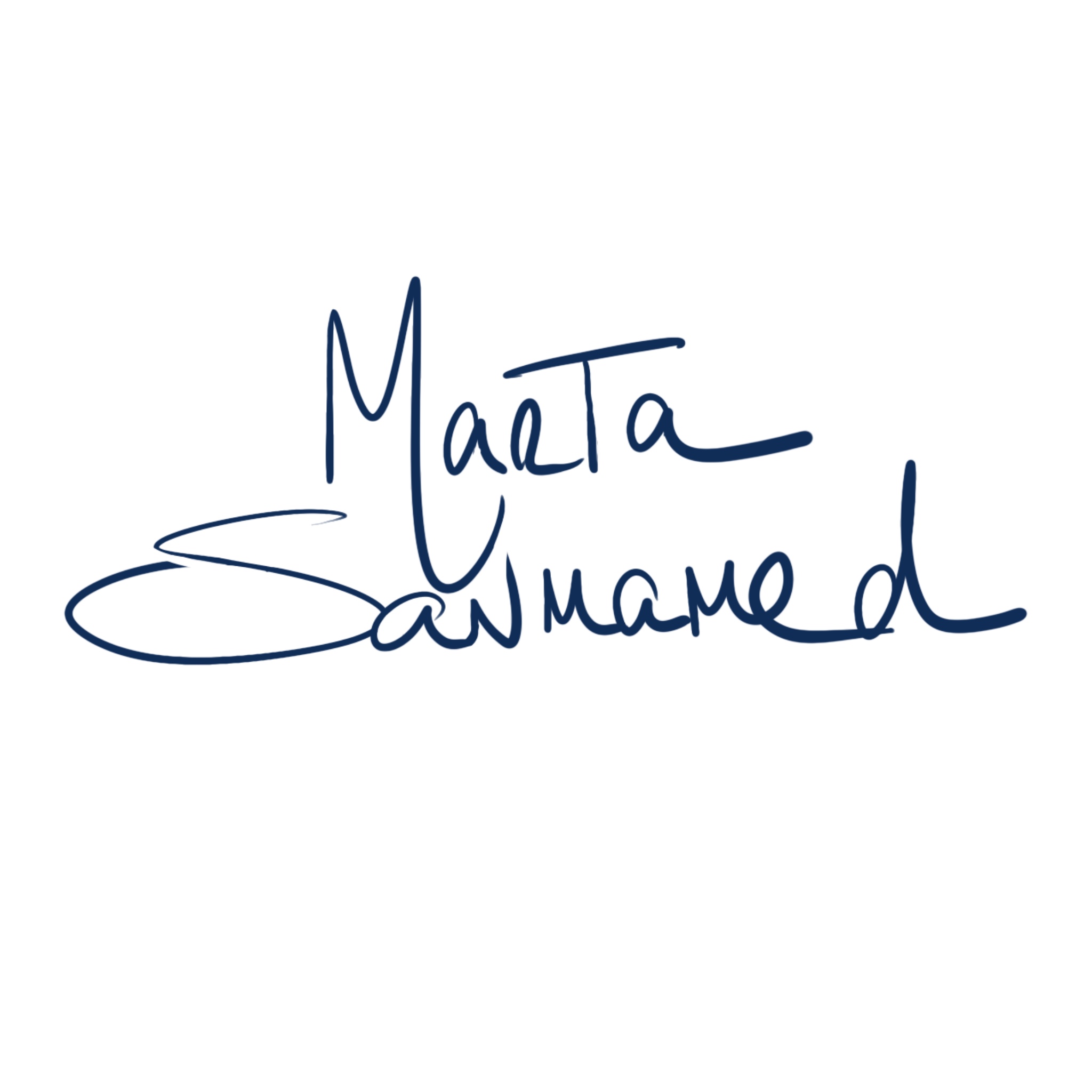Crypto art, a revolutionary fusion of digital art and blockchain technology, is rapidly transforming the art world. Unlike traditional art forms, where physical mediums like canvas and paint reign supreme, crypto art exists purely in the digital realm. It is created, bought, sold, and collected using cryptocurrencies, with each piece often associated with a unique non-fungible token (NFT) that verifies its originality and ownership. As the digital landscape evolves, the relationship between crypto art and cryptocurrencies is becoming increasingly significant, reshaping our understanding of art, ownership, and value.
The rise of crypto art
The emergence of crypto art can be traced back to the rise of blockchain technology and cryptocurrencies like Bitcoin and Ethereum. Initially, the concept of digital art was met with skepticism. Many questioned how something intangible could be considered valuable, particularly in a world where digital files are easily replicated. However, blockchain technology provided a solution to this dilemma through the creation of NFTs.
NFTs, or non-fungible tokens, are unique digital assets stored on a blockchain. Unlike cryptocurrencies such as Bitcoin or Ether, which are fungible (meaning one Bitcoin is the same as any other Bitcoin), NFTs are one-of-a-kind. They act as a digital certificate of authenticity, proving that a particular piece of digital art is original and owned by a specific individual. This has allowed artists to tokenize their work, ensuring its uniqueness and enabling them to sell it in a way that guarantees the buyer’s ownership.
The role of cryptocurrencies
Cryptocurrencies play a central role in the crypto art ecosystem. Most transactions involving crypto art are conducted using cryptocurrencies, with Ethereum being the most popular due to its support for NFTs. When an artist sells a piece of crypto art, they typically receive payment in Ether, which they can then hold, trade, or convert to other currencies.
The use of cryptocurrencies in art transactions offers several advantages. First, it allows for instant, borderless payments, making it easier for artists and collectors from different parts of the world to interact. Second, it provides a level of security and transparency that traditional payment methods cannot match. All transactions are recorded on the blockchain, making it virtually impossible to forge or tamper with ownership records.
Moreover, the decentralized nature of cryptocurrencies aligns with the ethos of the crypto art community. Many artists and collectors are drawn to the idea of decentralization—the removal of intermediaries like galleries and auction houses. By using cryptocurrencies, artists can sell their work directly to collectors without needing to rely on third parties, allowing for greater artistic freedom and financial independence.
Democratizing the art world
One of the most exciting aspects of crypto art is its potential to democratize the art world. Traditional art markets have long been criticized for being elitist and inaccessible to most people. High entry barriers, such as the need for connections, significant financial resources, and a deep understanding of the art world, often prevent many from participating.
Crypto art, however, changes this dynamic. By leveraging the internet and blockchain technology, artists can reach a global audience without the need for traditional gatekeepers. Anyone with an internet connection and a cryptocurrency wallet can buy, sell, and trade crypto art. This has opened up new opportunities for emerging artists who might have otherwise struggled to break into the traditional art market.
In addition, crypto art platforms typically operate on a more inclusive and community-driven model. Many platforms allow artists to mint their NFTs and set their prices, giving them greater control over their work. Some platforms even incorporate royalties into the smart contracts associated with NFTs, ensuring that artists receive a percentage of the resale value every time their work is sold in the secondary market. This is a stark contrast to the traditional art world, where artists often receive nothing after the initial sale of their work.
Challenges and criticisms
Despite its many advantages, crypto art is not without its challenges and criticisms. One of the main concerns is the environmental impact of blockchain technology, particularly the energy-intensive process of mining cryptocurrencies like Ethereum. The creation and transaction of NFTs require significant computational power, leading to a large carbon footprint. This has sparked a debate within the crypto art community about the sustainability of the practice.
Additionally, the speculative nature of the crypto art market has raised concerns about its long-term viability. Like any market driven by hype and speculation, there is a risk of bubbles forming, where prices for certain pieces skyrocket without any real basis in the art’s intrinsic value. This could lead to a market crash, leaving both artists and collectors at a loss.
The future of crypto art
As crypto art continues to evolve, it is likely to become an even more integral part of the art world. Advances in blockchain technology, such as the transition to Ethereum 2.0, promise to address some environmental concerns associated with NFTs, making the practice more sustainable. Meanwhile, the growing acceptance of digital assets and the increasing integration of the metaverse into everyday life suggest that crypto art will continue to gain traction.
In this new digital era, where the lines between physical and digital realities are increasingly blurred, crypto art offers a glimpse into the future of creativity, ownership, and value. As the relationship between crypto art and cryptocurrencies deepens, it will be fascinating to see how this dynamic shapes the future of art and culture.
